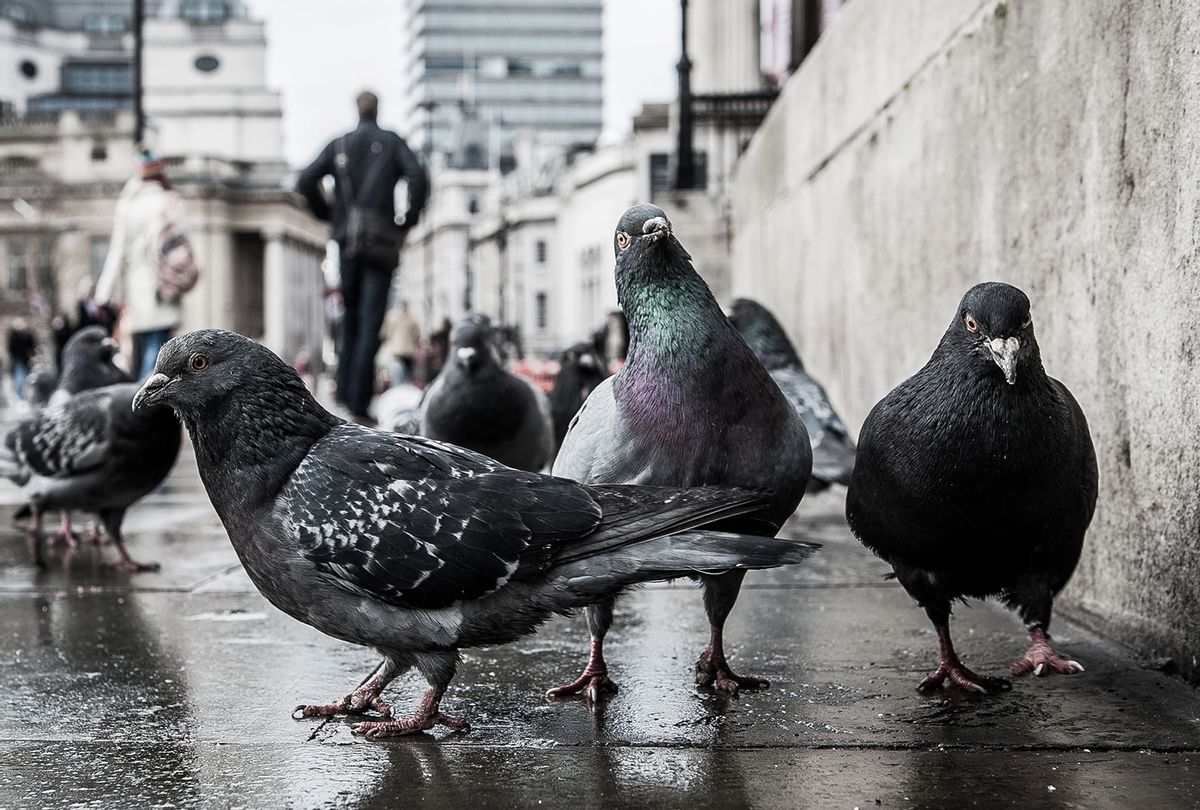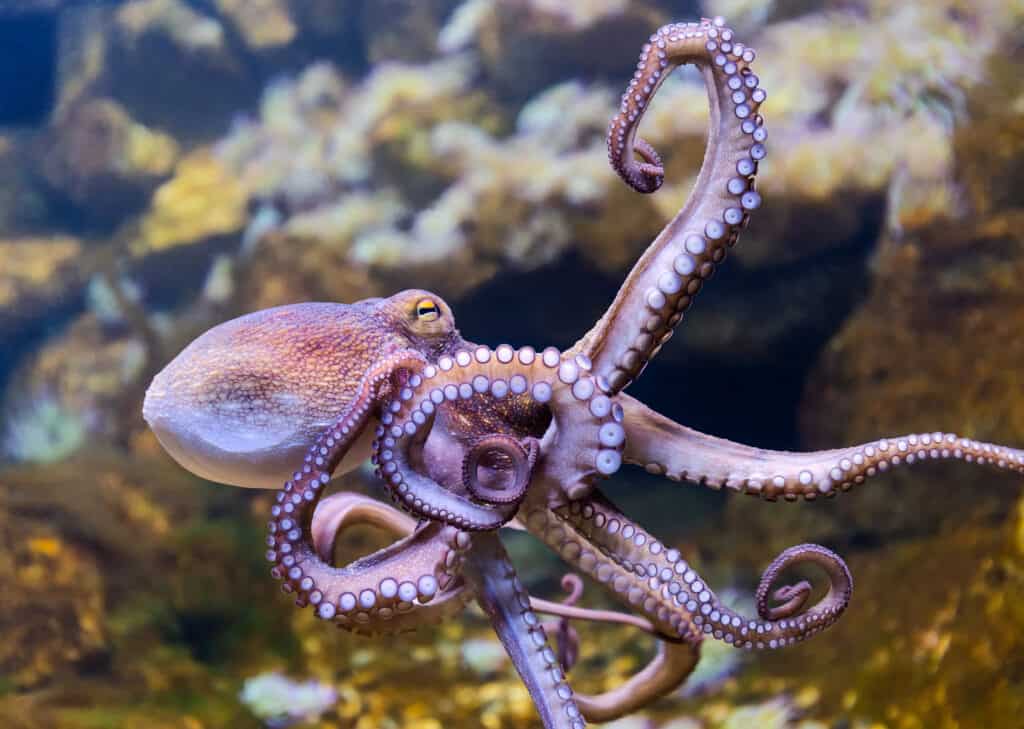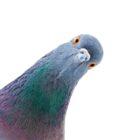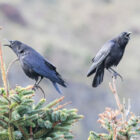Do pigeons recognize humans?

Pigeons, or rock doves (Columba livia), are urban birds often observed in close proximity to humans. The question of whether pigeons can recognize humans have roots in the remarkable adaptive behaviors that these birds express.
Cognitive Complexity in Pigeons
Renowned for their adept navigation skills, pigeons possess an innate ability to navigate vast distances with accuracy, relying on a complex combination of visual cues, magnetic fields, and celestial cues. Moreover, their memory is nothing short of impressive, as evidenced by their capacity to recall intricate spatial arrangements and intricate patterns over extended periods.
Furthermore, pigeons exhibit a keen proficiency in spatial memory tasks, effortlessly memorizing and recalling intricate routes and locations. This capability is particularly evident in their homing behavior, where they demonstrate a ability to return to their roosts from unfamiliar locations, often traversing vast distances with precision.
Familiarity and Associative Learning
Observations have suggested that pigeons might recognize individual humans based on familiarity and associative learning. Pigeons living in close proximity to certain individuals or regular caretakers might learn to associate specific humans with food sources or favorable interactions.
It has been observed that these birds possess the capacity to distinguish between individual humans, possibly through a combination of familiarity and associative learning.
Through repeated interactions, pigeons may form associations between certain humans and positive outcomes, like crows. This ability underscores the remarkable adaptability and intelligence of pigeons, shedding light on their complex social cognition and adaptive behaviors in urban environments.
Visual and Auditory Cues
Studies have shown that pigeons are sensitive to various visual and auditory cues. Their ability to discern human facial features, clothing, or distinctive voice patterns might enable them to differentiate individuals.
For instance, studies have illuminated their capability to discern subtle nuances in human facial features, allowing them to recognize individuals based on their distinct visages. Moreover, pigeons exhibit a keen awareness of clothing attire, which further contributes to their capacity for individual recognition.
Additionally, their acute auditory perception extends beyond mere sounds, enabling them to identify distinctive voice patterns associated with specific individuals. This amalgamation of sensory acuity grants pigeons a sophisticated understanding of their surroundings and facilitates their interactions within complex social ecosystems.
Further advancements in this field of research were achieved through collaboration between animal behaviorists at Lincoln University, UK, and their counterparts at the University of Vienna. Their findings were subsequently published in the Avian Biology Research journal (see link at the bottom of the page).
Under the leadership of Dr. Anna Wilkinson, the research team embarked on a fascinating experiment involving the training of a cohort of pigeons to differentiate between familiar and unfamiliar objects depicted in photographs. Subsequently, both the trained pigeons and a control group were presented with pairs of human faces, one familiar and one unfamiliar. Remarkably, the trained pigeons successfully identified the faces they knew, while the control group encountered greater difficulty in distinguishing between the familiar and unfamiliar individuals.
Research on pigeons recognizing humans
While pigeons have exhibited cognitive abilities and the potential for individual recognition, comprehensive scientific literature solely focused on their recognition of humans is limited. Further detailed studies are necessary to delve into the depth of their human recognition abilities.
At Université Paris Nanterre, researchers conducted an intriguing experiment involving two employees who shared identical builds and skin colors. However, they donned different colored lab coats before heading to the park to feed pigeons.
One employee, designated as the “good cop”, stood prominently in view of a group of pigeons, generously scattering seeds on the ground before stepping aside and paying them no attention. Remarkably, the pigeons pecked away at the food without any disturbance.
In contrast, the “bad cop” also distributed food but then startled the pigeons by charging towards them as they approached to feed, causing them to scatter in fear. Later on, both researchers repeated the feeding process, behaving identically by scattering food and then stepping aside to observe.
Despite the “bad cop” exhibiting no intimidating behavior this time, the pigeons continued to keep their distance from her, displaying a lingering sense of aversion towards her presence. This intriguing study sheds light on the intricate dynamics of human-pigeon interactions and the lasting impact of perceived threats on animal behavior.
Have We Met Before? Pigeons Recognise Familiar Human Faces










